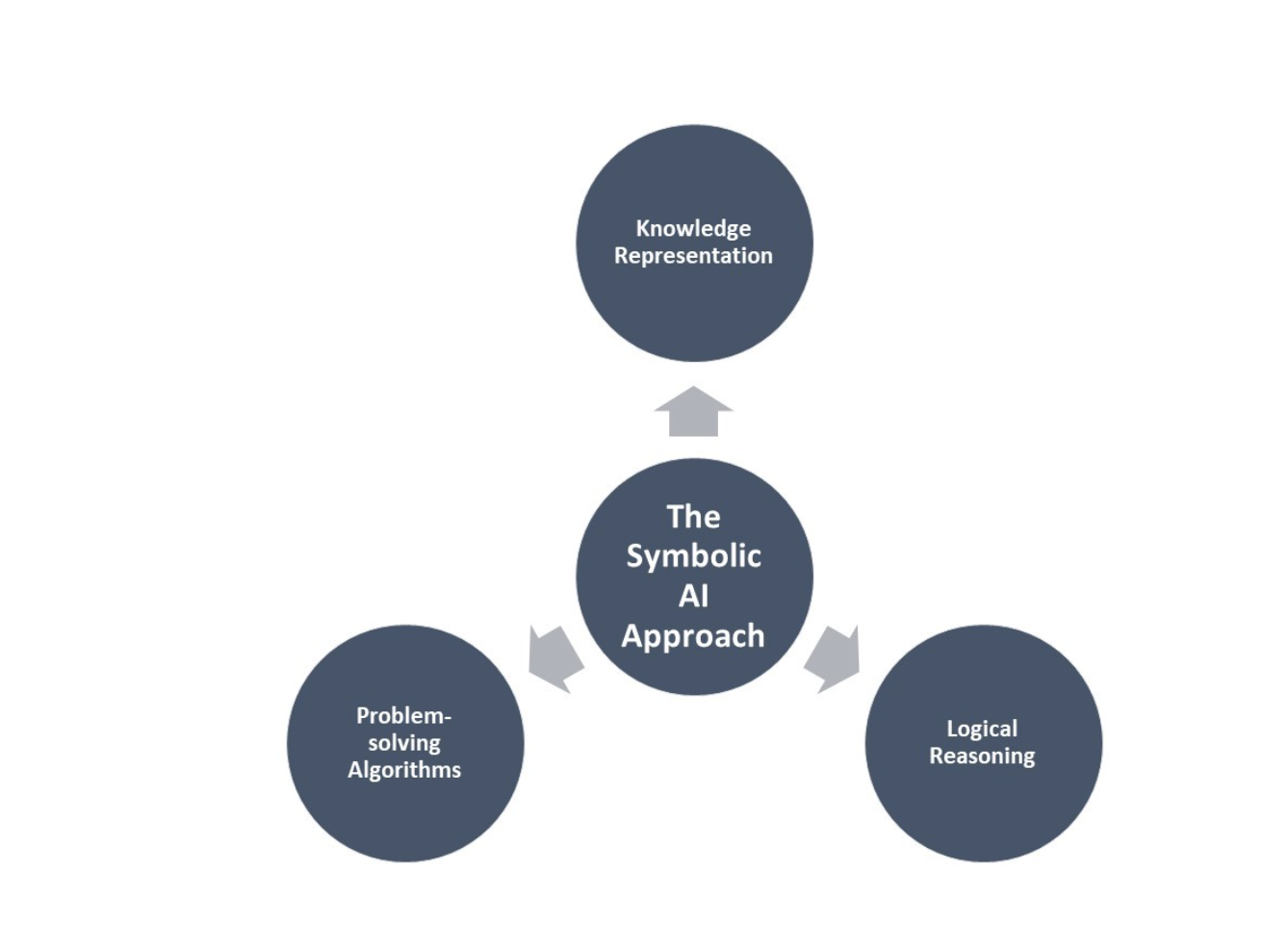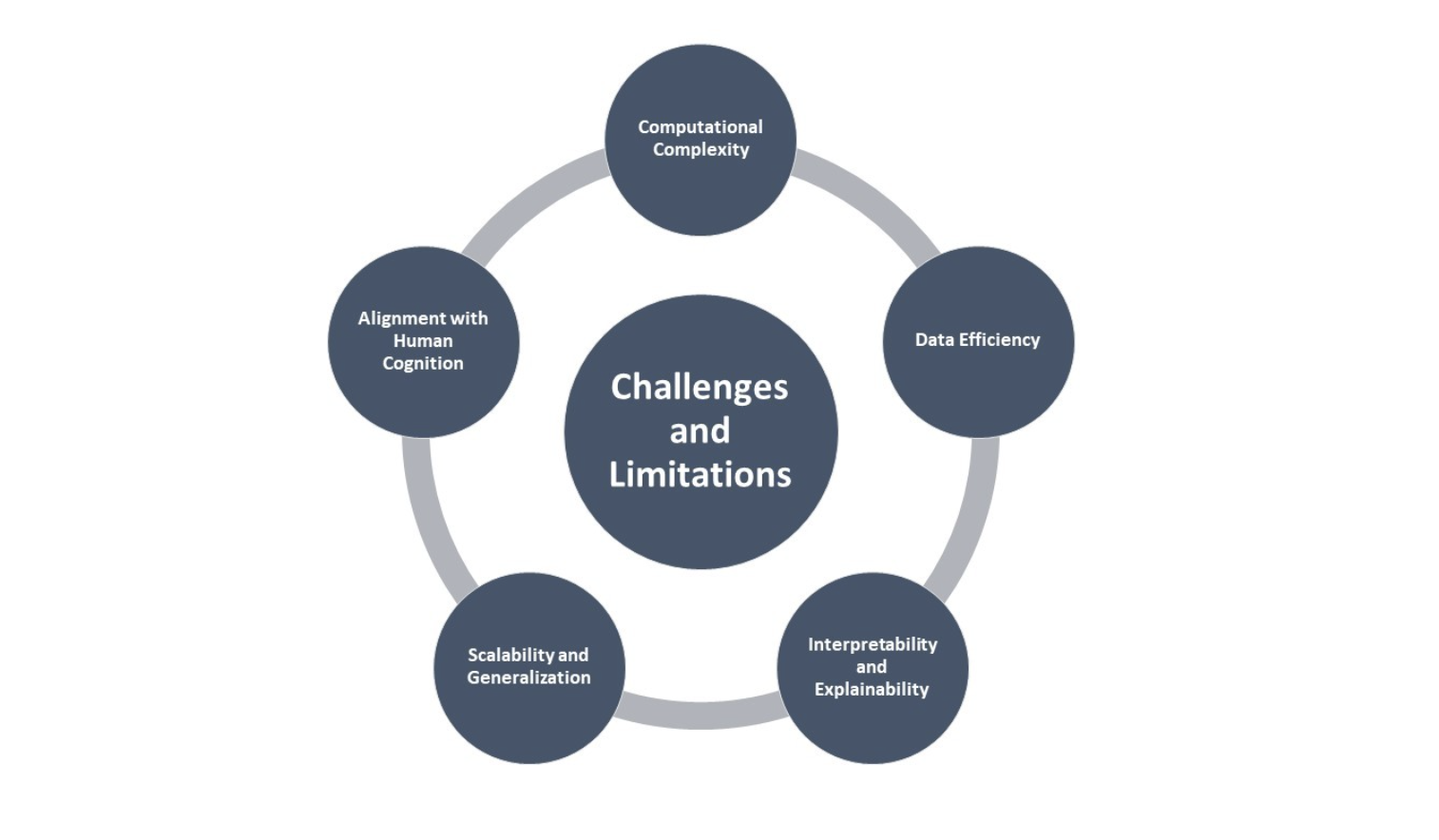Comments
- No comments found

The field of artificial intelligence (AI) has seen a remarkable evolution over the past several decades, with two distinct paradigms emerging - symbolic AI and subsymbolic AI.
Symbolic AI, which dominated the early days of the field, focuses on the manipulation of abstract symbols to represent knowledge and reason about it. Subsymbolic AI, on the other hand, emphasizes the use of numerical representations and machine learning algorithms to extract patterns from data.
While these two approaches have their respective strengths and applications, the gap between them has long been a source of debate and challenge within the AI community. The goal of bridging this gap has become increasingly important as the complexity of real-world problems and the demand for more advanced AI systems continue to grow.
We will explore the key differences between symbolic and subsymbolic AI, the challenges inherent in bridging the gap between them, and the potential approaches that researchers are exploring to achieve this integration.

Symbolic AI, also known as "good old-fashioned AI" (GOFAI), is based on the premise that intelligence can be achieved through the manipulation of formal symbols, rules, and logical reasoning. This approach, championed by pioneers such as John McCarthy, Allen Newell, and Herbert Simon, aimed to create AI systems that could emulate human-like reasoning and problem-solving capabilities.
The core elements of symbolic AI include:
1. Knowledge Representation: Symbolic AI systems represent knowledge using formal languages, such as predicate logic, semantic networks, or production rules. These representations allow for the explicit encoding of facts, concepts, and relationships.
2. Logical Reasoning: Symbolic AI systems employ various logical inference techniques, such as deductive, inductive, or abductive reasoning, to draw conclusions and make decisions based on the available knowledge.
3. Problem-solving Algorithms: Symbolic AI systems often use search algorithms, such as depth-first or breadth-first search, to explore the problem space and find optimal solutions.
The strengths of symbolic AI lie in its ability to handle complex, abstract, and rule-based problems, where the underlying logic and reasoning can be explicitly encoded. This approach has been successful in domains such as expert systems, planning, and natural language processing.

In contrast to symbolic AI, subsymbolic AI focuses on the use of numerical representations and machine learning algorithms to extract patterns from data. This approach, also known as "connectionist" or "neural network" AI, is inspired by the workings of the human brain and the way it processes and learns from information.
The key elements of subsymbolic AI include:
1. Numerical Representation: Subsymbolic AI systems represent knowledge using numeric values, often in the form of weights or activations within artificial neural networks.
2. Machine Learning: Subsymbolic AI systems rely on machine learning algorithms, such as deep learning, to automatically extract features and patterns from large datasets, without the need for explicit rule-based programming.
3. Distributed Representation: Knowledge in subsymbolic AI is typically distributed across the weights and connections of the neural network, rather than being localized in specific symbols or rules.
The strengths of subsymbolic AI lie in its ability to handle complex, unstructured, and noisy data, such as images, speech, and natural language. This approach has been particularly successful in tasks like computer vision, speech recognition, and language understanding.
While both symbolic and subsymbolic AI have made significant contributions to the field of AI, the gap between these two approaches has been a persistent challenge. The key differences between them can be summarized as follows:
1. Knowledge Representation: Symbolic AI uses explicit, human-readable representations of knowledge, while subsymbolic AI relies on distributed, numerical representations that are more opaque to human understanding.
2. Reasoning Mechanisms: Symbolic AI systems use logical inference and search-based problem-solving, while subsymbolic AI systems learn patterns and associations from data through machine learning algorithms.
3. Flexibility and Adaptability: Symbolic AI systems are generally more rigid and rule-based, while subsymbolic AI systems can be more flexible and adaptive, but may require large amounts of training data.
4. Interpretability and Explainability: Symbolic AI systems are generally more interpretable and explainable, as their reasoning can be traced back to the underlying rules and knowledge representations. Subsymbolic AI systems, on the other hand, can be more opaque and difficult to interpret.
These differences have led to the perception that symbolic and subsymbolic AI are fundamentally incompatible and that the two approaches are inherently in tension. However, many researchers believe that the integration of these two paradigms could lead to more powerful and versatile AI systems that can harness the strengths of both approaches.
Researchers have explored various approaches to bridging the gap between symbolic and subsymbolic AI, each with its own strengths and challenges. Here are some of the key approaches:
1. Hybrid Systems: One approach is to develop hybrid systems that combine elements of both symbolic and subsymbolic AI. These systems may use symbolic representations and reasoning to guide the training and application of subsymbolic machine learning models, or they may use subsymbolic components to enhance the flexibility and adaptability of symbolic systems.
Example: The use of neuro-symbolic reasoning, which combines neural networks with logical reasoning, has shown promise in tasks such as natural language understanding and commonsense reasoning.
2. Neurosymbolic Integration: Another approach is to explore ways of integrating symbolic and subsymbolic representations and reasoning at a more fundamental level. This could involve developing new architectures and algorithms that can seamlessly combine the strengths of both paradigms.
Example: The development of "differentiable neural computers," which can learn to store and manipulate symbolic-like structures within a neural network, has been an area of active research.
3. Meta-Learning and Transfer Learning: Researchers are exploring ways to leverage meta-learning and transfer learning techniques to bridge the gap between symbolic and subsymbolic AI. By training models to learn how to learn, or to transfer knowledge from one domain to another, these approaches aim to create more adaptable and versatile AI systems.
Example: The use of meta-learning to enable symbolic models to learn and adapt from data, or the transfer of knowledge from subsymbolic models to improve the performance of symbolic systems, are active areas of research.
4. Interpretable Machine Learning: Efforts to make machine learning models more interpretable and explainable can also help bridge the gap between symbolic and subsymbolic AI. By developing techniques that can provide insights into the decision-making process of neural networks, researchers aim to create systems that are more transparent and aligned with human reasoning.
Example: The development of methods like attention mechanisms, saliency maps, and feature visualization, which can help explain the internal workings of deep neural networks, is an active area of research.
5. Developmental and Cognitive Approaches: Some researchers are exploring approaches inspired by the way humans learn and develop intelligence, in the hopes of creating AI systems that can more seamlessly integrate symbolic and subsymbolic representations and reasoning.
Example: The development of architectures and algorithms inspired by the human brain and its developmental processes, such as the use of hierarchical and compositional representations, is an active area of research.

While the integration of symbolic and subsymbolic AI holds great promise, there are also significant challenges and limitations that researchers must address:
1. Computational Complexity: Combining the two approaches can lead to increased computational complexity, as the systems must handle both symbolic representations and numerical computations.
2. Data Efficiency: Subsymbolic AI systems often require large amounts of training data, which can be expensive and time-consuming to acquire. Bridging the gap with symbolic AI may help improve data efficiency.
3. Interpretability and Explainability: While efforts to improve interpretability can help bridge the gap, the inherent opacity of subsymbolic systems remains a challenge.
4. Scalability and Generalization: Scaling up hybrid or neurosymbolic systems to handle complex, real-world problems, while maintaining their ability to generalize, is an ongoing challenge.
5. Alignment with Human Cognition: Developing AI systems that can seamlessly integrate symbolic and subsymbolic representations and reasoning in a way that aligns with human cognition is a fundamental challenge.
The gap between symbolic and subsymbolic AI has been a persistent challenge in the field of artificial intelligence. However, the potential benefits of bridging this gap are significant, as it could lead to the development of more powerful, versatile, and human-aligned AI systems.
As the field of AI continues to evolve, the integration of symbolic and subsymbolic approaches is likely to become increasingly important. By leveraging the strengths of both paradigms, researchers aim to create AI systems that can better understand, reason about, and interact with the complex and dynamic world around us.
Ahmed Banafa is an expert in new tech with appearances on ABC, NBC , CBS, FOX TV and radio stations. He served as a professor, academic advisor and coordinator at well-known American universities and colleges. His researches are featured on Forbes, MIT Technology Review, ComputerWorld and Techonomy. He published over 100 articles about the internet of things, blockchain, artificial intelligence, cloud computing and big data. His research papers are used in many patents, numerous thesis and conferences. He is also a guest speaker at international technology conferences. He is the recipient of several awards, including Distinguished Tenured Staff Award, Instructor of the year and Certificate of Honor from the City and County of San Francisco. Ahmed studied cyber security at Harvard University. He is the author of the book: Secure and Smart Internet of Things Using Blockchain and AI.
Leave your comments
Post comment as a guest